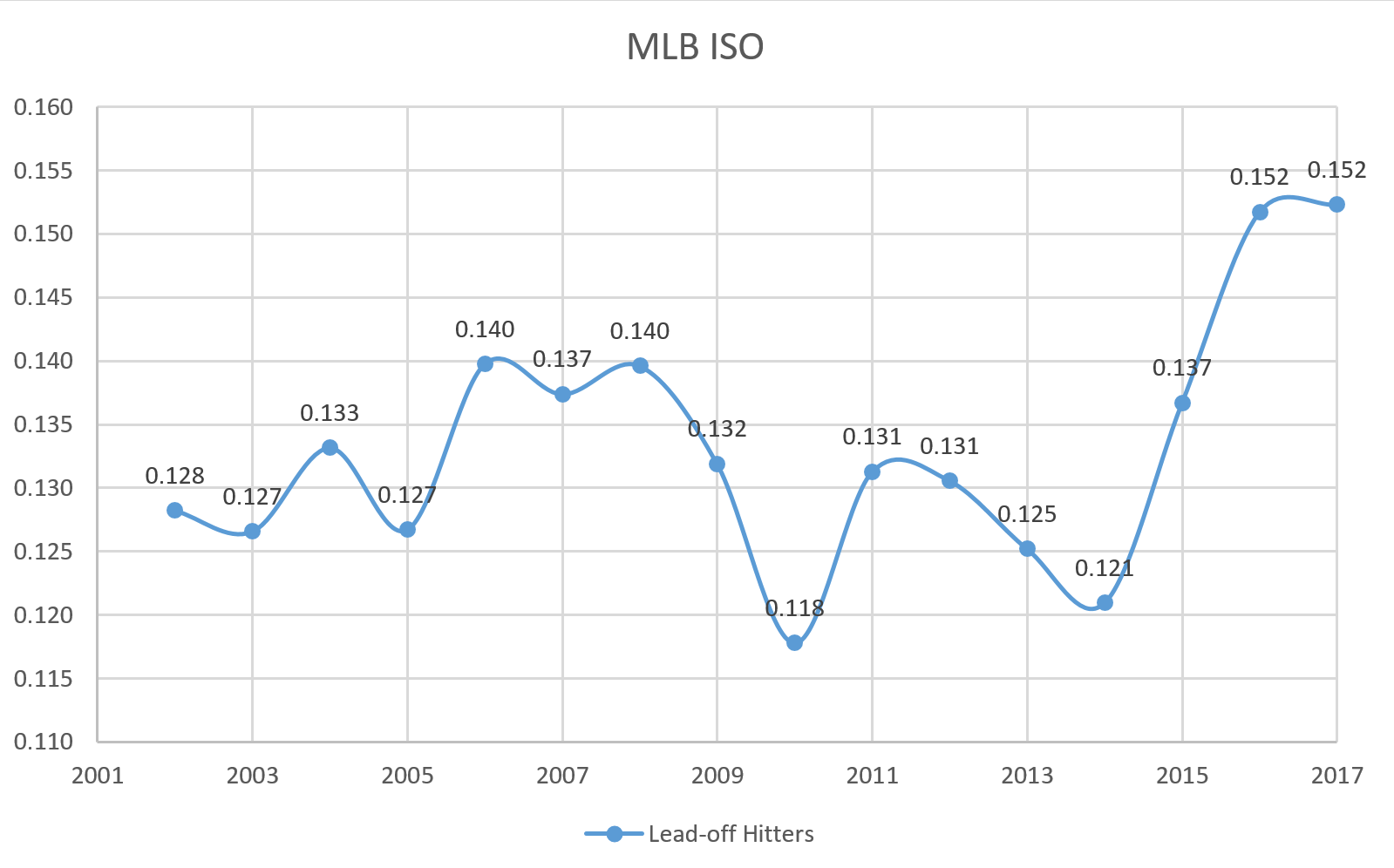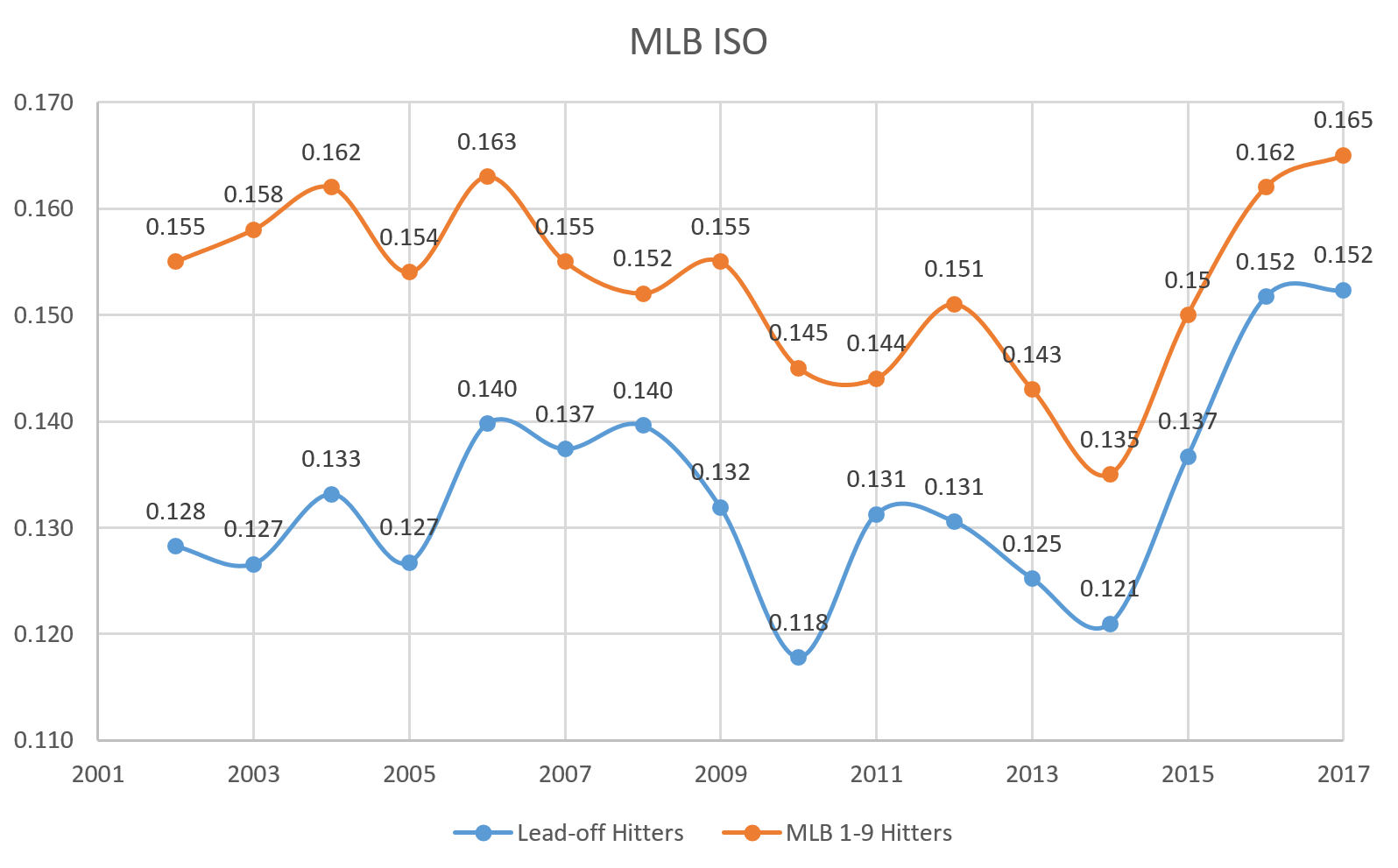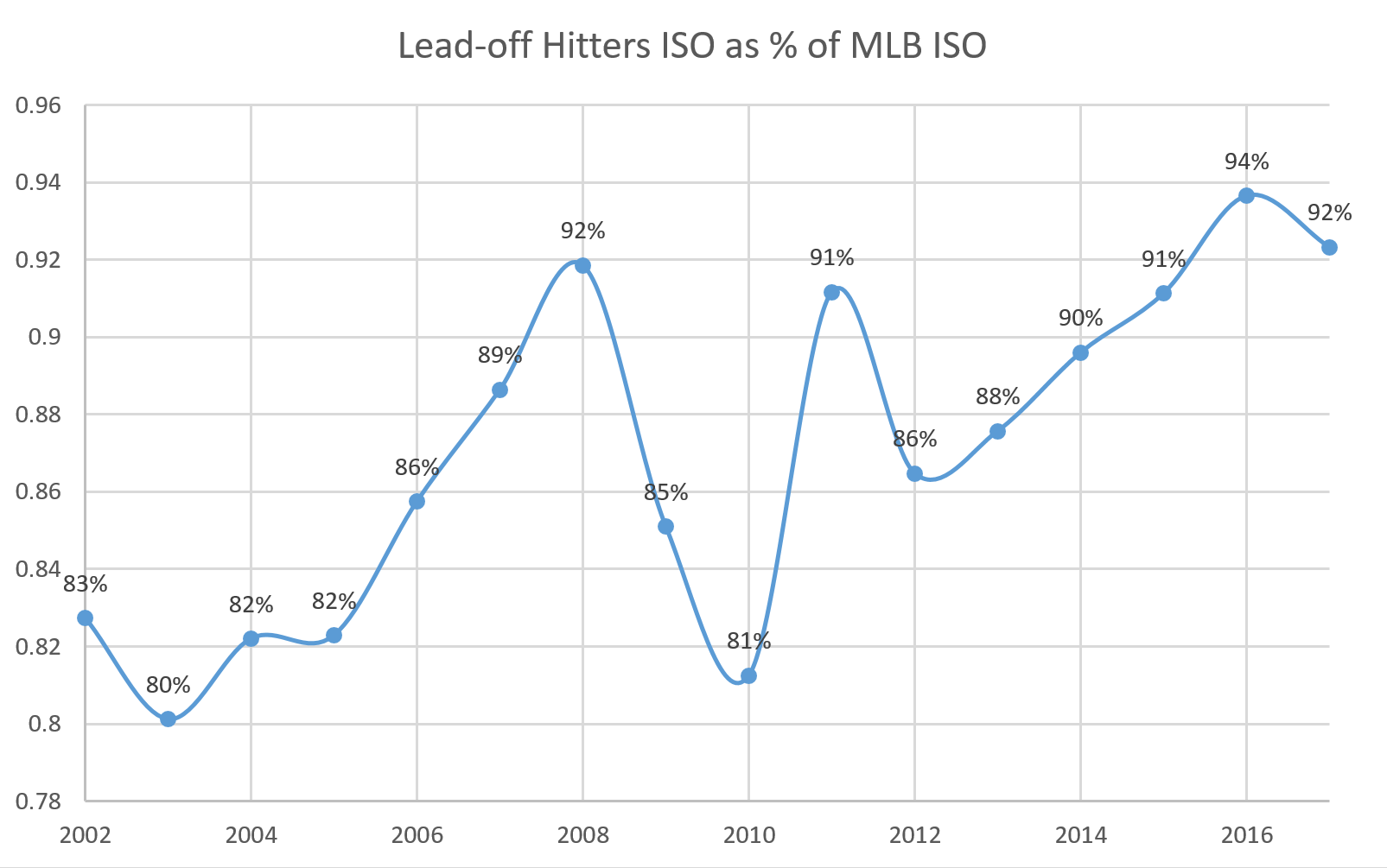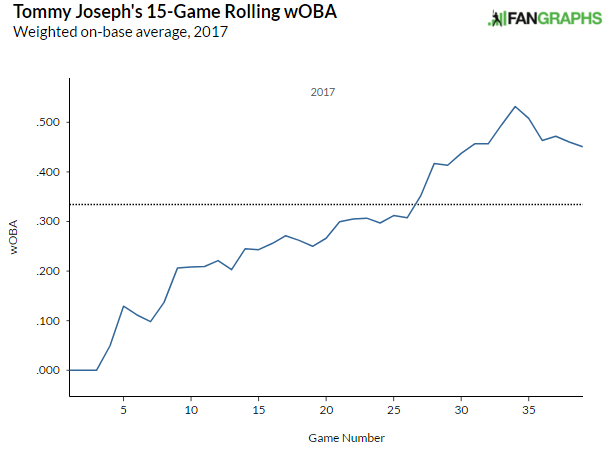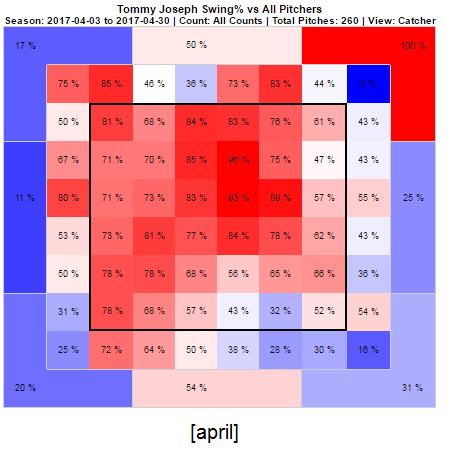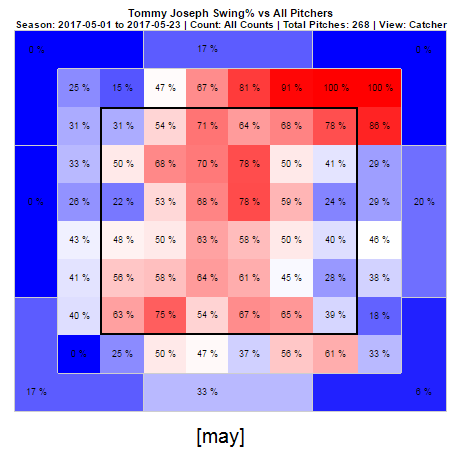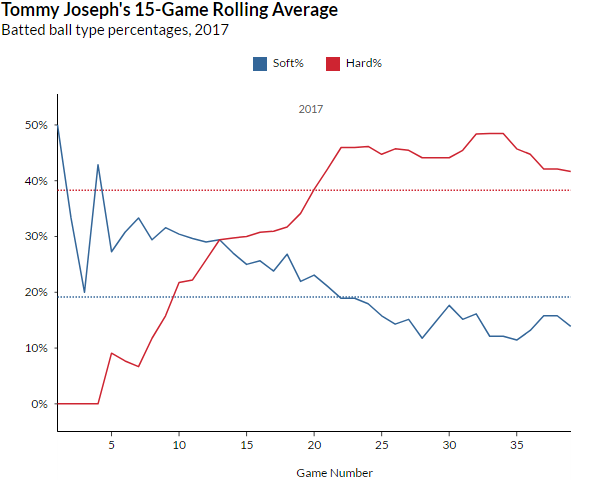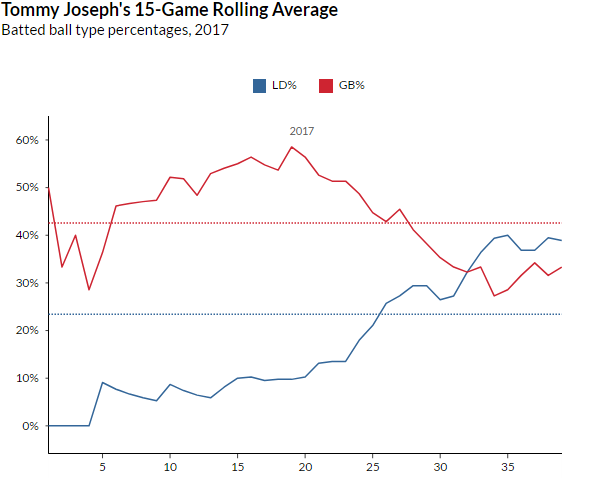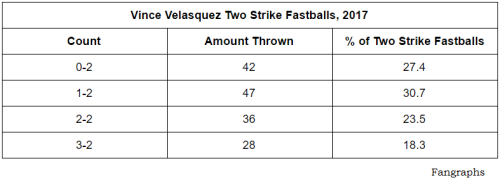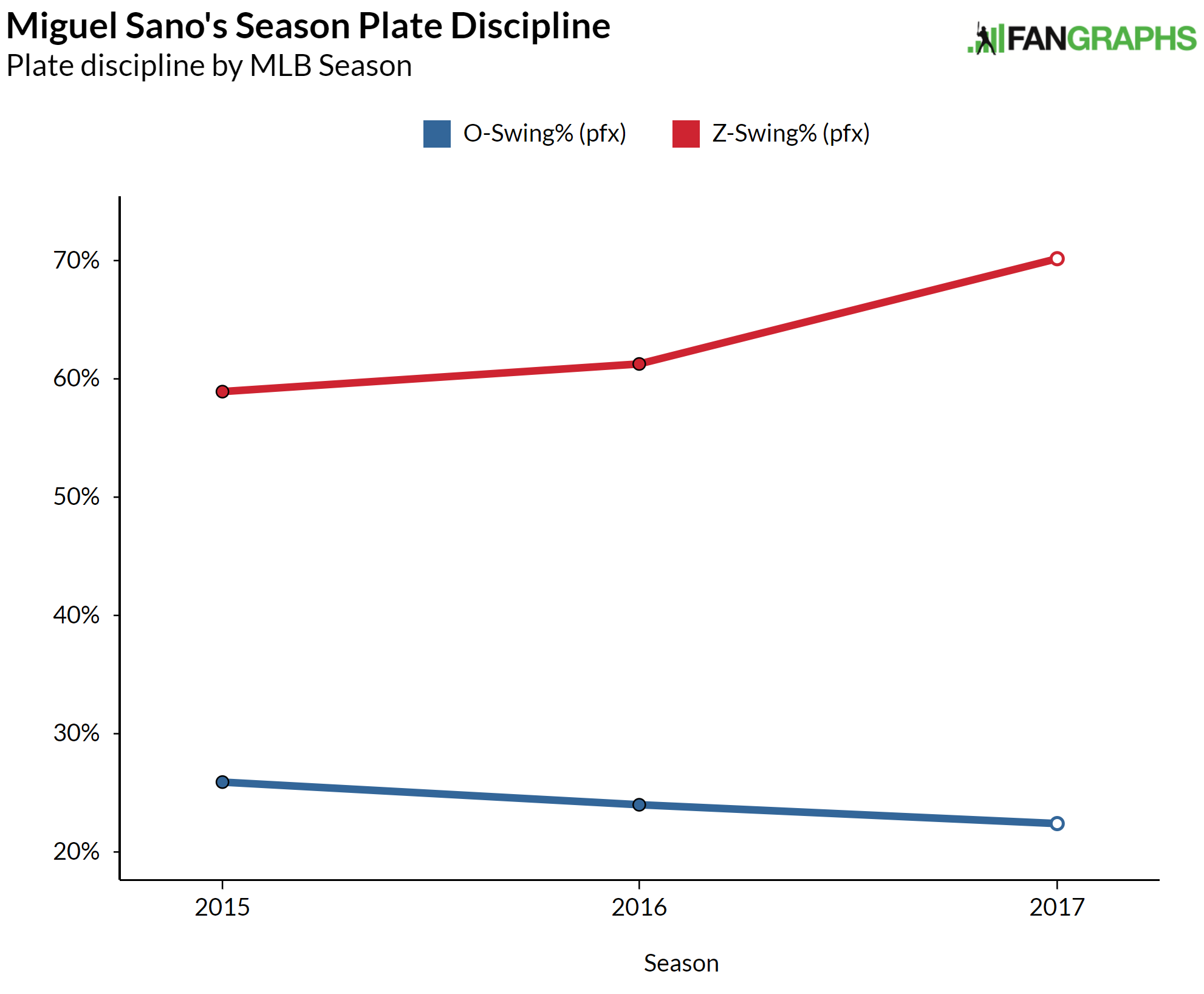Statistical Analysis of a Few College Hitters
As the 2017 MLB Draft quickly approaches, I thought it may be fun to analyze some of the best college hitters available. On May 23, Eric Longenhagen released the 2017 Sortable Draft Board on FanGraphs. This article looks at the statistics of each college hitter on the list. In this article, I tried to not lean on literature and scouting reports of the players. Rather, I decided to calculate some statistics to use as guides in building an outsider’s perspective of their offensive profiles. This body of work does not include much information about attributes or skills not published on a school’s statistics page on their website.
Nobody real cares about the counting statistics of college players. So, for my table of numbers to fit on a page, I left them out. The statistics I focused on are a hitter’s slash line (AVG, OBP, and SLG), OPS, BABIP, ISO, RC, K% and BB%. These are relatively easy to calculate and provide some sort of worth when evaluating prospects. AVG, OBP, and SLG are simple and widely understood. OPS provides a good gauge of a hitter’s overall offensive ability. BABIP is an important indicator of a hitter’s talent at the plate, but can be inflated or deflated depending on the talent level of the different defenses faced by the hitter. ISO is a good indicator of how well each hitter demonstrated their power and XBH ability. Runs Created (RC) is a crude but effective measurement of total, individual offensive output. K% and BB% give us some idea of how well the batter demonstrated their understanding of the strike zone and discipline at the plate. For more information on each statistic, as well as how to apply it, I suggest checking out the Glossary tab.
Below is the table of numbers I made. Even further below is where you will find a quick summation of each hitter discussed.
|
Name |
AVG | OBP | SLG | OPS | BABIP | ISO | RC | K% |
BB% |
|
Jeren Kendall |
.306 | .379 | .570 | .949 | .333 | .264 | 50.31 | 18.9% |
20.8% |
|
Adam Haseley |
.400 | .498 | .688 | 1.186 | .393 | .288 | 70.21 | 7.7% |
38.8% |
|
Keston Hiura |
.419 | .556 | .672 | 1.228 | .486 | .253 | 67.80 | 14.5% |
40.3% |
|
Pavin Smith |
.348 | .433 | .581 | 1.013 | .311 | .233 | 53.78 | 3.2% |
42.7% |
|
Logan Warmoth |
.336 | .410 | .562 | .972 | .374 | .226 | 53.10 | 15.3% |
20.8% |
|
Jake Burger |
.343 | .459 | .686 | 1.145 | .319 | .343 | 63.50 | 12.0% |
35.1% |
|
Evan White |
.380 | .454 | .654 | 1.108 | .414 | .274 | 51.08 | 13.5% |
17.3% |
|
Brian Miller |
.336 |
.412 | .504 | .917 | .365 | .168 | 49.78 | 11.7% |
28.1% |
Jeren Kendall (#9 on FanGraphs Sortable Draft Board)
Vanderbilt OF (B- L/ T- R)
Jeren Kendall is considered by many to be the best college hitter, outside of Louisville two-way player Brendan McKay. Kendall showed some impressive pop out of center field this past year, knocking 15 balls over the fence in 235 at bats. However, he also managed to record 50 strikeouts. Kendall did manage to produce an excellent walk rate and ISO, but his total output was “middle of the pack” as far as the guys on this list go. He should go off the board within the first 20 picks this upcoming draft.
Adam Haseley (#15 on FanGraphs Sortable Draft Board)
Virginia OF (L/L)
Hitting from the left side of the plate, Virginia outfielder Adam Haseley managed to put up the best statistical profile of any hitter on this list. He comes into June’s draft with an impressive OPS (1.186) and an even more entertaining strikeout rate — a board-best 7.7% (only 19 punch outs in 205 ABs). While Haseley’s power numbers may not translate at the next level, his affinity for driving the ball into deeper parts of the ballpark should make for a high doubles count at the next level.
Keston Hiura (#17 on FanGraphs Sortable Draft Board)
UC Irvine 2B (R/R)
While Keston Hiura’s .486 BABIP may be a good indicator as to why his batting average is north of .400, it is also a good indicator of just how good he is with a bat in his hand. He did not just hit singles — his 21 doubles come in second on the list. He displayed an excellent walk rate, which contributed to the highest on base percentage on the shortlist. While some teams may elect to take a prep shortstop over a college second baseman, Hiura still plays a premium position with solid presence at the plate and would fit in nicely in any class as a second to third-round pick.
Pavin Smith (#18 on FanGraphs Sortable Draft Board)
Virginia 1B (L/L)
The second UVA Cavalier on our list slashed an impressive .348/.433/.581 this past season, and posted an impressive 3.2% strikeout rate. While his numbers do not match those of his teammate Adam Haseley, Pavin Smith could very well be the first college first baseman off the board, assuming you do not count Brendan McKay as a first baseman. His demonstrated knowledge of the strike zone, coupled with a list-best walk rate, are both very good indicators of a first baseman with a high ceiling.
Logan Warmoth (#20 on FanGraphs Sortable Draft Board)
North Carolina SS (R/R)
Tar Heel shortstop Logan Warmoth, when compared to the rest of this list, does not really stand out. However, he should be taken early, as he still has the best odds of being the first college shortstop off the board. He hit well in the ACC this past season, compiling 18 doubles, 4 triples, and 9 home runs. Though his demonstrated power will likely not follow him up the minors, any team would love to have a strong bat such as his at the most premium of all premium positions.
Jake Burger (#22 on FanGraphs Sortable Draft Board)
Missouri State 3B (R/R)
Our only hot corner prospect on the list is a power threat through and through, according to his numbers. While his average will continually drop as he climbs the minors, Burger’s 20 homers showcased his raw power. Although there may be some questions about his tendency to punch out, plus power paired with an excellent walk rate at a corner position are a recipe for success. Everybody loves a little yak sauce on their Burger every now and then.
Evan White (#29 on FanGraphs Sortable Draft Board)
Kentucky 1B (R/L)
A first baseman who hits from the right side is very common. A First Baseman who hits from the right side but throws left is very uncommon. A first baseman who hits from the right side but throws left with plus speed is downright unique. Evan White legged out a list leading 23 doubles this past year, and posted all-around great offensive numbers. He will be a very interesting draft choice, and his excellent statistics project a demonstrate a solid offensive background.
Brian Miller (#49 on FanGraphs Sortable Draft Board)
North Carolina OF (L/R)
Rounding out our list is North Carolina outfielder Brian Miller. Miller slashed a very impressive .336/.412/.504 line this past year, and should be a good mid-grade prospect in the upcoming draft. His statistics do not lean to one type of offensive profile over another, but his high BABIP and excellent walk rate generate some reasons to believe his bat will continue to develop at the next level.
Again, this article is meant to simply provide a statistical overview of a few college prospects in the upcoming draft. It should be looked at as a tool for anybody who cares enough to concern themselves with college statistics.
Theodore Hooper is an undergraduate student at the University of Tennessee in Knoxville. He can be found on LinkedIn at https://www.linkedin.com/in/theodore-hooper/ or on Twitter at @_superhooper_
